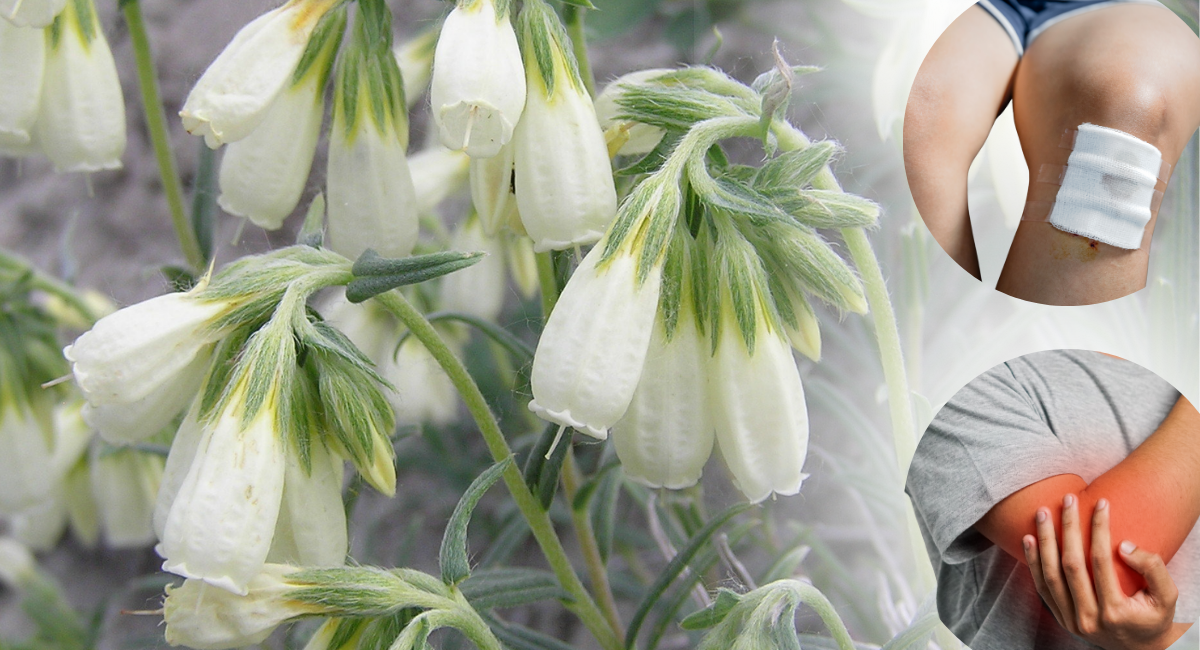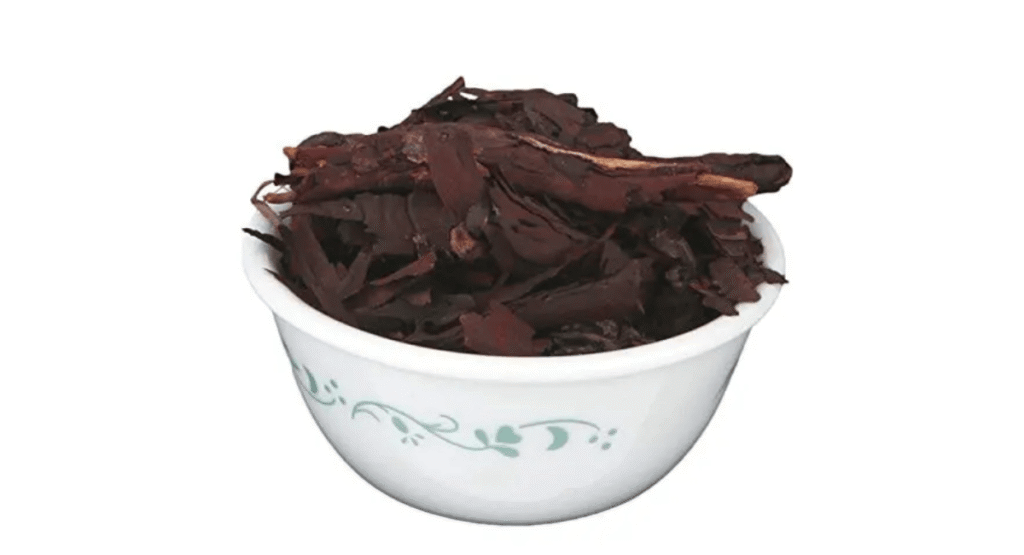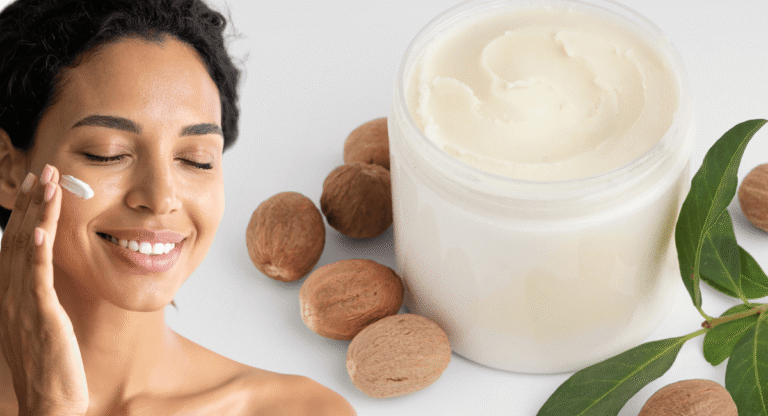
Heal Naturally with the Power of Ratanjot
Did you know a bright red root traditionally used as a spice could heal wounds like modern medicine? Meet Ratanjot (Onosma hispidum) — an ancient herb with remarkable benefits. While widely known for adding color to dishes, it has been a go-to natural remedy in Ayurveda for skin problems, minor cuts, and inflammation. Recent research confirms that this humble herb is much more than a kitchen spice.
Ratanjot Uses Backed by Science
Modern studies have uncovered the magic behind this red root:
Wound Healing: Research showed that Ratanjot accelerates wound closure, reduces inflammation, and promotes tissue repair.
Interesting Fact: Amazingly, its wound-healing effect was comparable to standard antibiotic ointments, making it a natural alternative for minor injuries.
This proves that Ratanjot is not just folklore—it’s a scientifically validated healing herb.
Uses in Traditional Medicine
Traditionally, it has been a multipurpose herb in Ayurveda and Unani medicine. Some well-known Ratanjot uses include:

- Wound Healing & Burns – Applied as an oil infusion, it soothes burns, cuts, and wounds.
- Skin Health – Helps in treating rashes, infections, and inflammation due to its antimicrobial properties.
- Fever– Ratanjot work as analgesic and anti-pyretic natural agents i.e. reduce pain and fever.
- Natural Coloring Agent – Widely used in Kashmiri cuisine for its rich red colour.
Why Ratanjot Works
The healing benefits of herb come from its active compounds:
- Shikonin: Reduces inflammation and fights microbes.
- Alkannins: Promote tissue repair and new cell growth.
- Antioxidants: Protect skin cells from damage and accelerate healing.
These compounds make it effective for skin health, wound repair, and overall wellness.
How to Use Ratanjot Safely
It can be used in various forms:
- Paste or Ointment: For minor cuts, scrapes, or burns.
- Herbal Oil: Massaged on the skin to soothe irritation.
- Powder/Extract: Can be added to natural skincare products.
Precautions: Avoid using it on deep or severe wounds without consulting a doctor. Always perform a small patch test if applying to sensitive skin.
Also Read- 5-Minute Foot Massage with Magnesium Oil: Your Secret Night Ritual
Conclusion: Bridging Tradition with Science
Ratanjot is no longer just a traditional kitchen spice or coloring herb. With proven wound-healing properties, it holds great promise in natural medicine and skincare. From ancient remedies to modern scientific backing, herb is a true example of how traditional wisdom meets evidence-based science.













